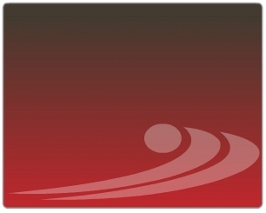Operational Excellence
Today, in order for a business to be profitable and competitive, it must:
- obtain the tools to be in control of its operations,
- draw out all of its team's strength to facilitate the achievement of its objectives, and
- encourage the progress of its sector by instilling a culture of ongoing improvement.
This will allow it to obtain a quality product at all times, within expected timeframes, and at a competitive price.
Being #1
Great, you've achieved Operational Excellence! Now you have to work to maintain it.
Benchmarking
Once we've achieved a few improvement projects, it will be important to compare ourselves to the "best" in our field to identify the gap between us and the #1. Identifying the gap will allow us to prioritize the actions and projects to be undertaken to bridge that gap and either become #1 or stay #1.
Once we've identified the gap, we’ll make the necessary improvements, we'll compare ourselves, we'll make improvements... That's what we call "ongoing improvement"!
Improvement
Once we have high-performance management tools to obtain good control of our operations and have brought out the full strength of our team through effective leadership, we can hope to achieve our improvement projects, which will be investments, not expenditures. The final step of the Toyota model; it is here that we learn to solve our problems in a way that lasts, i.e. taking the time to decide, by consensus; by carefully reviewing all of the options and then quickly implementing the solutions.
Strength of the Team and its Partners
A business becomes #1 when it has the leadership that allows it to draw out all of its team's strength to facilitate the achievement of its corporate objectives. The involvement and accountability of staff are two essential factors in remaining or hoping to become #1. With the Toyota model, this step translates into the respect, challenge and development of employees and business partners through training and team work so that they can live the philosophy.
Control
Our Philosophy
The basic concepts and tools are not new. The Toyota Production System (TPS) is used in several Québec businesses, in one form or another. The problem, however, lies in the fact that businesses have adopted the lean tools, but they do not understand how they work together within a system. Generally, managers make do with choosing a few of them, and they even have trouble getting past the basic application stage for creating a technical system. They are not aware of the true strength of the TPS: the culture of ongoing improvement that is essential in supporting the principles of the Toyota model.














